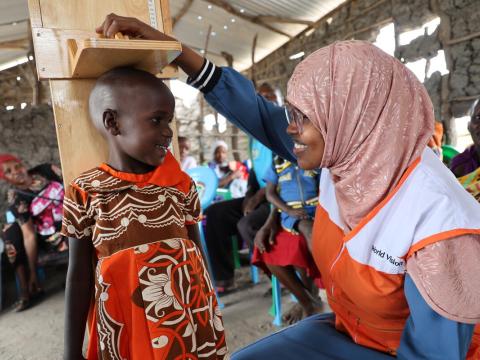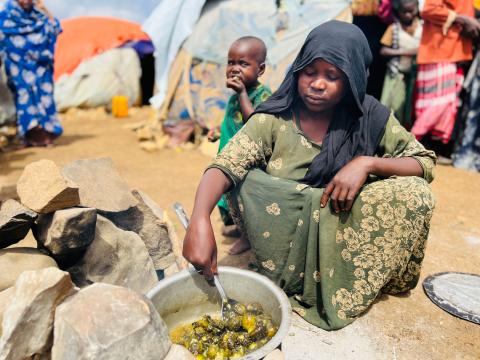
Climate change is increasing hunger and malnutrition
Andrea Galante and Yukiko Yamada Morovic highlight the urgent actions needed to mitigate the current global hunger and malnutrition crises.
Hunger and malnutrition are not new crises. In March 2022, World Vision launched the Global Hunger Response to mitigate the combined impacts of food supply issues and climate change. The campaign’s Phase I reached over 25 million people, including 14 million children. However, we soon realised that more action needed to be taken.
According to the 2024 Global Report on Food Crises Report, over 38 million people, including 19 million children, are on the brink of starvation, categorised as IPC Phase 4 or higher. Of the world’s children under 5 years old:
- 372 million children have micronutrient deficiencies,
- 148 million children’s growth is stunted,
- 45 million children are experiencing some form of wasting, and
- 37 million children are overweight or obese.
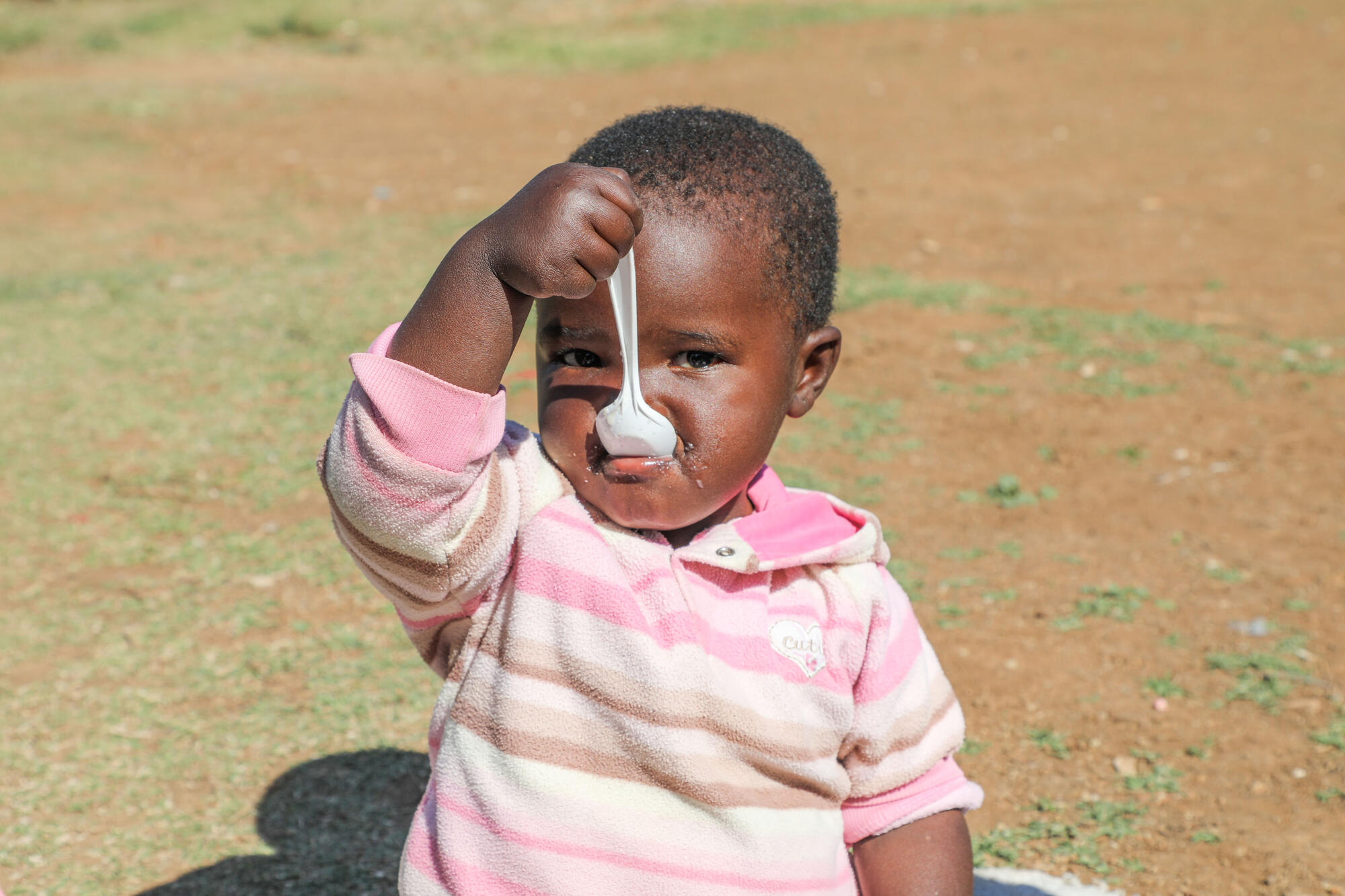
Malnutrition: hunger's dangerous partner
According to the World Health Organisation, nearly half of deaths among children under 5 years of age are linked to undernutrition and mostly occur in low- and middle-income countries. The developmental, economic, social, and medical impact of malnutrition are serious and lasting for children, families, communities, and for countries.
Even when a child survives their most susceptible years, malnutrition has lifelong consequences, including compromised immunity, weakened organ development, and learning difficulties, with women and children disproportionally impacted by the effects.
Governments and global organisations recognise good nutrition as a cornerstone of health and development, and yet, malnutrition remains a pressing and growing global concern, posing a significant threat to the well-being of our youth and contributing to child mortality rates.
Food insecurity and nutrition
The combined threat of hunger and malnutrition has been significantly worsened due to climate change. The escalating frequency and intensity of extreme weather events, such as droughts, floods, and storms, have disrupted agricultural production and reduced food availability. Poor and marginalised communities – already vulnerable to food insecurity – bear the brunt of these changes, as staple crops fail and livestock suffer.
Our experience from health and nutrition programmes in Sierra Leone, Mauritania, Uganda, and Tanzania show that climate change, food insecurity, and malnutrition are intractably connected. Extreme and unpredictable weather patterns destroy crops and livestock, reducing food availability and pushing poor communities further into hunger.
Food insecurity is a devastating cycle and a slippery slope to malnutrition: items start falling off the market list, meal sizes get smaller, a daily meal disappears, then the cost-cutting measures begin. When food scarcity meets hunger, nutritional content is simply not a consideration, and whichever food is most accessible, affordable, and will quiet a growling stomach will do. When a malnourished child gets sick, the risks of comorbidities - having two or more chronic health simultaneous conditions - multiply exponentially.
The interplay between these issues underscores the urgent need for sustainable and comprehensive solutions and policy initiatives to address food shortages and nutritional needs in ways that can withstand the threats posed by climate change.
Case Study: Women and children suffer more
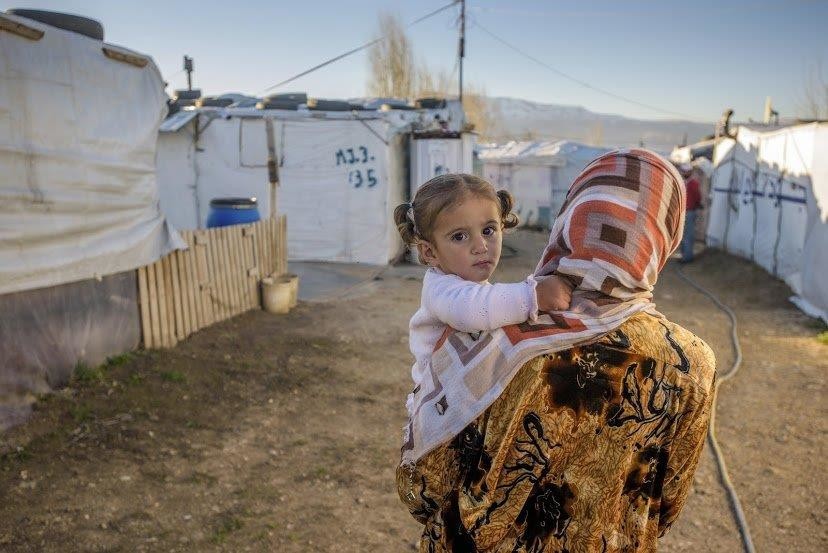
Climate change, food insecurity, and malnutrition are inextricably intertwined. Extreme and unpredictable weather patterns mean loss of crops and livestock, pushing already poverty-stricken communities to the edge of hunger. Families living in at-risk communities – such as those affected by conflict – are experiencing hunger and malnutrition, but it is children who are carrying the heaviest burden. Water scarcity, either from flood or drought, makes daily life even harder, disrupting water tables and leading to more illnesses such as diarrhoeal disease and cholera.
Climate change has significantly disrupted food systems in Sierra Leone, Mauritania, Uganda, and Tanzania, making it harder for families to access enough nutritious food, with more frequent extreme weather events, such as droughts and storms, hitting farmers hard and affecting the price and quality of available food.
Our work in these countries has confirmed what we already know: all communities suffer in times of food scarcity, but the lives of women and children are more affected by these impacts. This means communities, countries, and economies will take longer to recover, if they ever do.
For women, food scarcity sees them undertake more livelihood activities, such as collecting wood and water, leaving them less time to care for families, manage the household, or tend to animals. The risks are double for pregnant and lactating women who are expected to undertake strenuous physical labour with little access to nourishment or healthcare for themselves or their babies. Poor health outcomes for infants are being shaped even before birth as a result of poor maternal nutrition, diminished feeding practices, poor food or water quality, and frequent infections.
Where there is food insecurity, most families can’t afford to prioritise the nutritional requirements of growing children and adolescents to thrive; it doesn’t always look like starvation and can often look like excessive weight gain associated with micronutrient deficiencies such as anaemia.
World Vision’s solutions
In light of this changing crisis, World Vision International has introduced a series of initiatives at the very top of our organisation:
Environmental Sustainability and Climate Action
Our Environmental Sustainability and Climate Action (ESCA) Strategic Roadmap is a policy guidance framework in response to climate change, environmental degradation and unsustainable farming practices, with a focus on these four areas:
- Farmer-Managed Natural Regeneration (FMNR) scale-up and ecosystem restoration for children and communities,
- Building sustainable agri-food systems for food and nutrition security,
- Strengthening community resilience to climate-related disaster risks, and
- Integrating environmental stewardship and climate action across our operations and programmes.
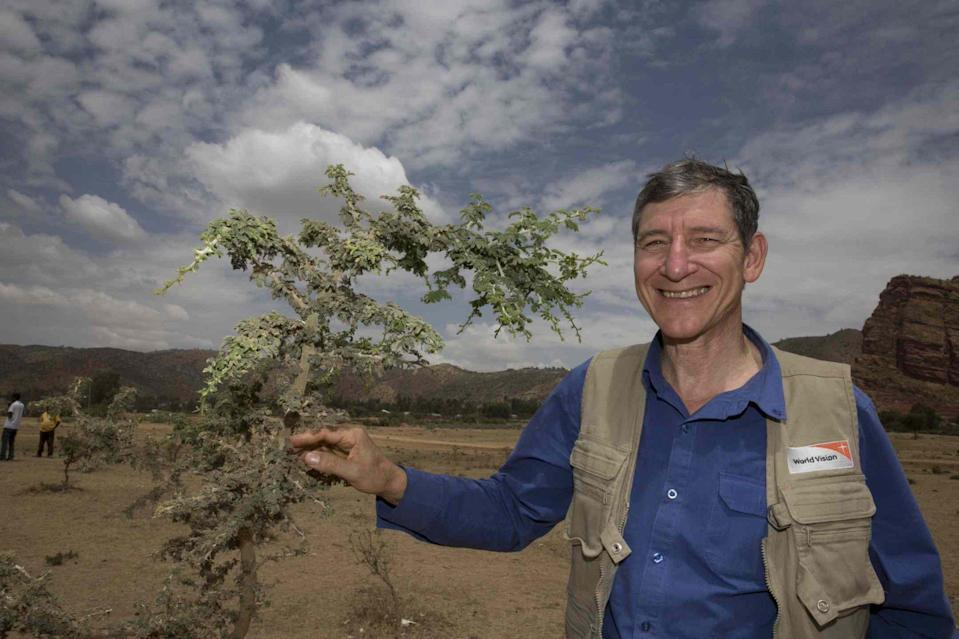
ENOUGH
The ENOUGH Campaign is our global initiative dedicated to combatting child hunger and malnutrition. By advocating for systemic transformation – from political commitment to locally-sourced, sustainable agropastoral programmes – we envision a top-to-bottom transformation in our approach to nutrition. ENOUGH aims to ensure that every child has the opportunity to grow up healthy and strong, free from the threat of hunger.
Policy influencing
Influencing policy makers is critical to achieving greater impact. Our comprehensive advocacy ensures children are included at every level of planning and policymaking – local, national, and international. We advocate alongside children so that governments, policymakers, and relevant stakeholders guarantee all children have access to nutritional, healthy food.
We call on:
- Governments to develop and expand integrated programmes addressing the underlying causes of hunger, malnutrition, and climate vulnerability in the agri-food, water, social protection and health systems.
- Governments to prioritise programmes and projects which use sustainable agricultural practices – such as agroforestry, conservation agriculture, and climate-smart agriculture – to increase the resilience of local food systems, whilst also improving food security and nutritional outcomes.
- Governments to implement programmes to educate communities about the effects of climate change on children’s health, food, and nutrition.
- Governments to implement communication strategies which promote adaptive behaviours and healthy nutritional practices in response to changing environmental conditions.
- Donors to prioritise integrated projects on climate change, biodiversity, and sustainable practices that address climate vulnerability, the agri-food sector, water, social protection, health, hunger, and malnutrition.
- Governments to strengthen early warning systems to improve preparedness and interventions to address child hunger and malnutrition issues.
World Vision is at the forefront of helping communities respond to these challenges. We work directly with local populations, enabling them to implement sustainable farming practices, diversify their crops, and develop better water management systems. These adaptations are crucial for building resilience against the changing climate, future-proofing and stabilising food security. With your support, we can ensure children have access to the nutritious food they need to thrive and lead the next generation.
For more information, read our policy brief: The Impact of Climate Change on Nutrition.
Andrea Polo Galante is Senior Policy Advisor on Food Security and Nutrition and Yukiko Yamada Morovic is Technical Director of the ESCA roadmap for World Vision

